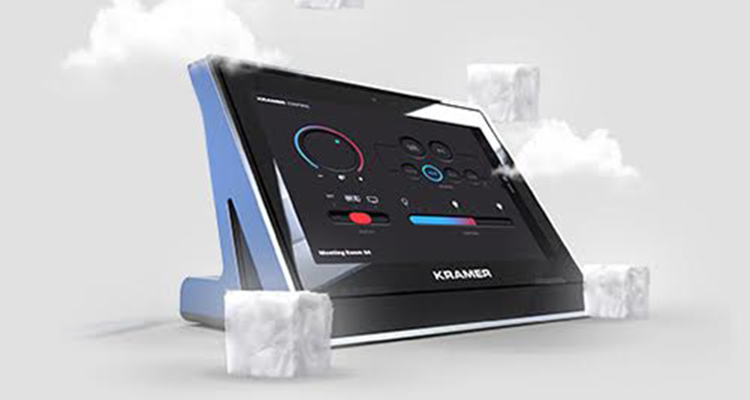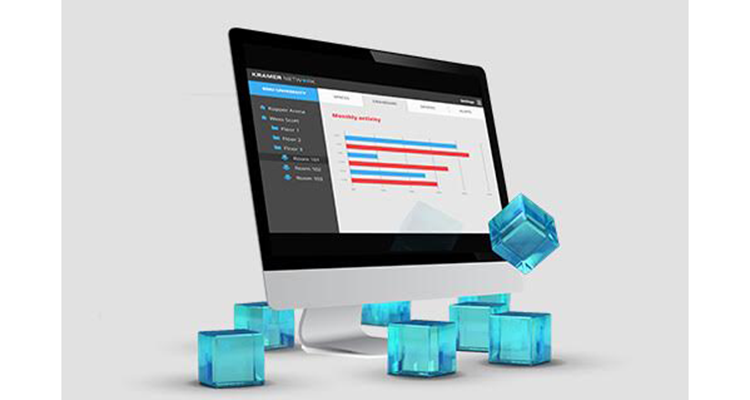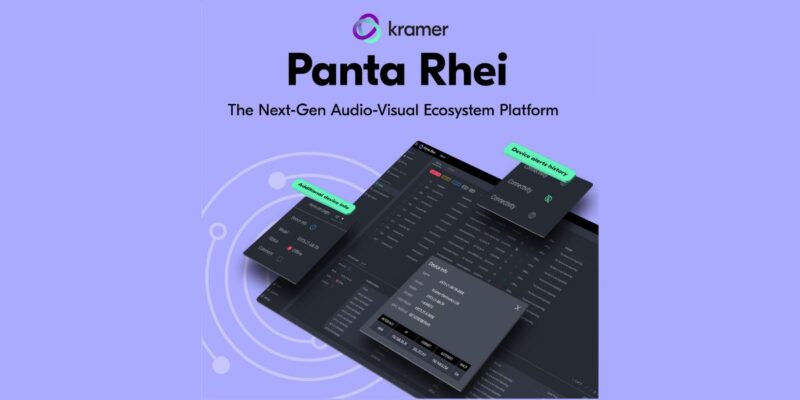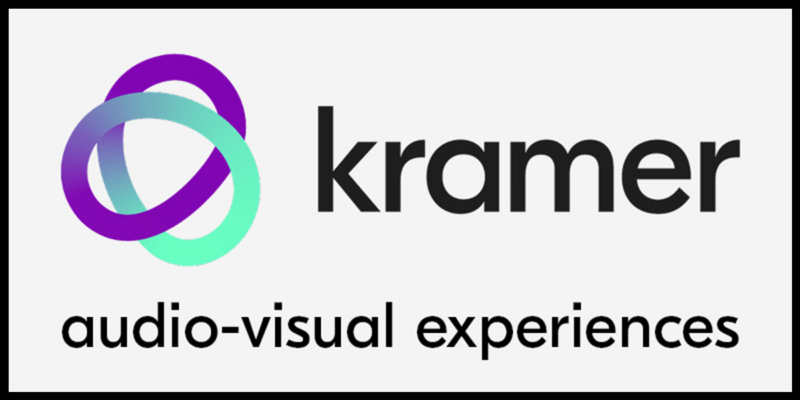Kramer Introduces New Control Platform at InfoComm 2016
 Kramer has released Kramer Control, the company’s new cloud-based solution for control and analytics. Kramer Control lets users navigate to any room in an organization and easily control AV systems, infrastructures and devices, including Kramer wireless collaboration products, audio products and systems, thermostats, HVAC, lights, shades, alarms, security, video conferencing and more at a fraction of the time and cost.
Kramer has released Kramer Control, the company’s new cloud-based solution for control and analytics. Kramer Control lets users navigate to any room in an organization and easily control AV systems, infrastructures and devices, including Kramer wireless collaboration products, audio products and systems, thermostats, HVAC, lights, shades, alarms, security, video conferencing and more at a fraction of the time and cost.
The Kramer Control Platform is made up of three modules: Manager, Builder and Analytics Dashboard, with options for public, private or hybrid cloud implementation.
The Manager is used for defining project content and scope, e.g., building layout, floors, rooms, etc. The cloud-based Builder lets users create, edit and configure room control systems from anywhere in the world. With access to a library of pre-installed smart device drivers, users can drag-and-drop any device without any prior programing knowledge.
 Kramer says the Analytics Dashboard (powered by Kramer Network) is another industry-first, automatically gathering all control data and generating actionable business analytics such as device health and performance, room usage, operational efficiency, energy usage, and more. Data gathering is optional and can be disabled or enabled based on user preference.
Kramer says the Analytics Dashboard (powered by Kramer Network) is another industry-first, automatically gathering all control data and generating actionable business analytics such as device health and performance, room usage, operational efficiency, energy usage, and more. Data gathering is optional and can be disabled or enabled based on user preference.
On site, Smart Units are the heart of the solution. Powered by innovative software technology called a “Brain,” Smart Units provide bi-directional control of any device, the Manager, Builder, and Dashboard with universal I/O ports. The solution supports industry standards such as IR, serial RS-232, relays, and GPIO. Upon installation, Smart Units can automatically connect to the Cloud and seamlessly sync for updates in real time. They also update themselves whenever new updates become available.
Users can control Smart Units via a user-friendly, customizable interface on a dedicated Kramer Control touch panel, any 3rd-party tablet, or over the Web with BYOD. The solution’s non-hierarchical distributed architecture of standalone Smart Units ensures the system will remain up and running in the case of any single point of failure.





